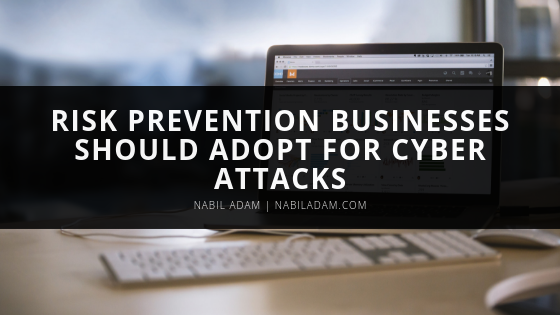Many are familiar with news reports describing how businesses, organizations, and services have experienced cyber attacks. According to a report published for May 2019, cyber attacks continue occurring at alarming rates. The majority of attacks involve installing malware followed by hijacking accounts and targeted attacks. As hackers become more sophisticated, entities must follow suit by protecting their digital content.
Protection for the Future
Initially, it is of the utmost importance that businesses, companies, and organizations understand the types of data in their possession that pose a risk for attack. By identifying high-risk data, administrators are better able to formulate and implement strategies to protect sensitive information. Some of the many necessary steps needed to ensure data protection include:
Data back-up: Backing up sensitive information not only provides protection but also enables entities to restore the information should software, or hardware damage occurs. Backing up material must occur regularly.
Anti-threat software: Most operating systems feature basic protection in the form of a firewall. But, anti-malware and virus software works by alerting users that a threat was detected and prevented from entering the computer. The software must have real-time protection and start functioning when the device turns on for the day. It is also a good idea to schedule regular scans in order to catch any potential problems that are not stopped.
Encrypt data: A software’s encryption capability encodes the data, which makes the information harder to detect by hackers. Encrypted data remain encoded when transferring the files within a local network or when sending them to another location. Keeping the data safe requires that anyone needing to access the system must have a password.
Strong passwords: Using the same passwords within a company or entity increases the likelihood that a cyber-attack may occur. Each employee should have a password that is unique to that person. The code should also not be shared. Similarly, simple passwords are easier to crack. Thus, individuals creating passwords need to take the time to include upper and lowercase letters, numbers, and symbols to increase the security level.
Employee training: Employees are typically the first in line to detect some type of digital anomaly. So, it is vital for employees to learn as much as possible about the security measures employed by the company. They must also know about safeguards and the measures they must take if an abnormality appears.

